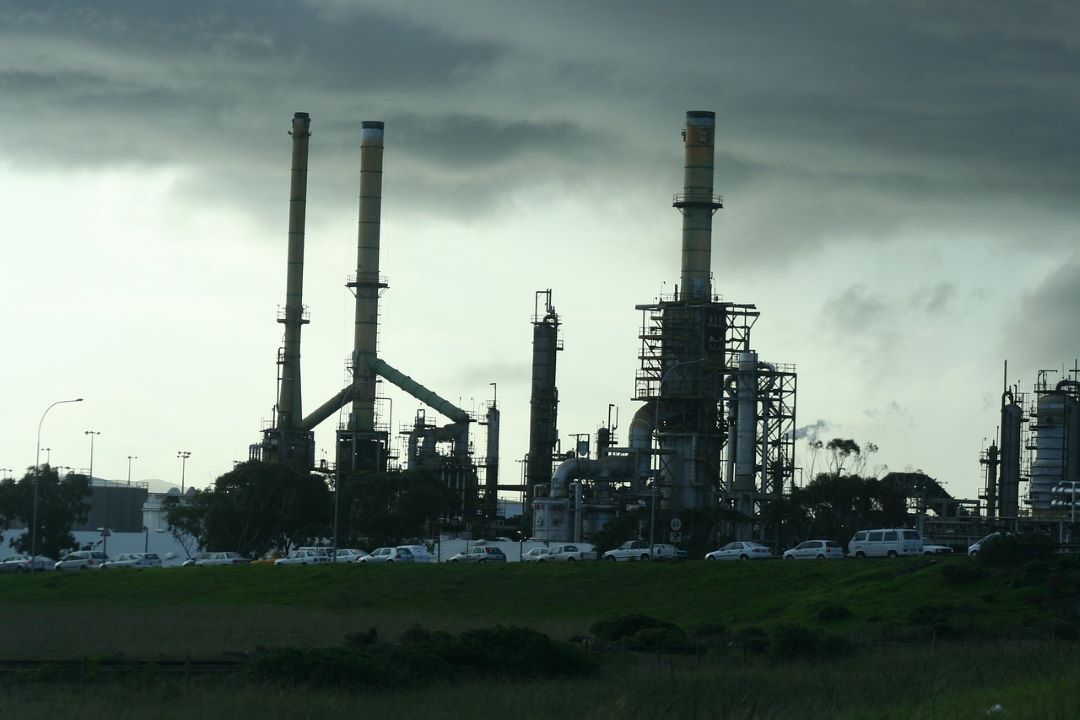Cement manufacturers across North, Central, and East India have significantly reduced their production output during the second quarter (July to September) of this year, with cuts ranging from 10% to 15%. This downturn is attributed to a combination of factors, including persistently low demand and delays in project awards, largely due to the prolonged monsoon season.
The ongoing challenges in the market have resulted in weak price realizations, compelling producers to offer trade discounts as a strategy to counteract the prevailing slump, according to industry sources. Market observers indicate that the average utilization of clinker across various cement plants has dropped to approximately 70% to 75% during this quarter, a decrease from nearly 80% in the preceding April to June quarter.
In contrast, the situation in South India appears to be somewhat more favorable at this time. Notably, regions in West India have faced flooding, while parts of East India are now experiencing the repercussions of the monsoon on infrastructure projects. Moreover, the extended impact of the monsoon in North India has contributed to delays in both new and ongoing project work, as noted by a market participant interviewed by BusinessLine.
Ajay Kumar Saraogi, Deputy Managing Director and Chief Financial Officer of JK Cement, highlighted that demand typically sees a seasonal dip during the second quarter, often recovering around mid-September. However, he emphasized that this year’s situation deviates from the norm. “The industry is currently witnessing a production drop of 10% to 15%, primarily due to a slowdown in some key markets within North and Central India, with the West also experiencing significant subdued demand,” he stated.
Reports from cement dealers in North India indicate that there were no new or significant project awards during the second quarter. Even the railway projects announced by the Cabinet have yet to advance to the tendering phase, suggesting a potential six-month wait before these projects can gain momentum. The delays in road projects are attributed to several factors, including the model code of conduct that restricted new contract awards in April and May, followed by the summer heat in June, and the monsoon season starting in July, which has further hindered progress.
Additionally, there has been a noticeable slowdown in key housing markets across Uttar Pradesh. For example, in five major property markets—Noida, Greater Noida, Ghaziabad, Lucknow, and Agra—there are currently 378 stalled housing projects, accounting for nearly 146,000 units, as reported by the real estate analytics firm PropEquity.
Their data also indicates a decline in new housing launches and sales during the July to September period of 2024 in the top nine cities, showing an 11% drop in launches and an 18% decline in sales. Specifically, launches decreased to 93,693 units from 105,655 units during the same timeframe last year, while sales fell to 104,393 units from 126,848 units year-over-year.
Saraogi from JK Cement expressed optimism for a resurgence in demand starting in October, particularly in the pre-festive and post-festive periods. He mentioned an expected boost from government capital expenditure and rural infrastructure initiatives beginning in the second half of the fiscal year. Historically, demand peaks six to eight months prior to elections in election years, as seen in the second half of FY23.
However, he noted that this year’s dip has been more pronounced due to the ongoing effects of the extended monsoon season. Unlike many other commodities, cement cannot be stockpiled, which led the industry to implement production cuts as a proactive measure. Price realizations in the first quarter of FY25 (April to June) were approximately 3% lower than the exit prices recorded in the fourth quarter of FY24 (January to March).
In the July to September timeframe, prices further declined by 6% compared to Q4 FY24 and 3% against Q1 FY25. In response to the challenging market conditions, cement manufacturers announced price hikes ranging from ₹3 to ₹10 per bag in early September; however, these increases had not gained traction in the market by mid-month, according to executives from another cement production company.
A recent report by the research firm Nuvama indicated that Indian cement companies may need to reverse the price hikes implemented in September due to weakening demand and increased competitive pressures. Nevertheless, the firm noted that any rollback in prices might not be uniform nationwide.
Regions where infrastructure development is accelerating could see prices remain stable, while urban areas with active real estate projects and ongoing government initiatives might experience sustained demand. A significant recovery in currently subdued rural demand could also play a crucial role in influencing future price movements, according to the report.








